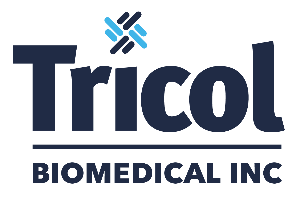Chitosan Performance in the Human Body
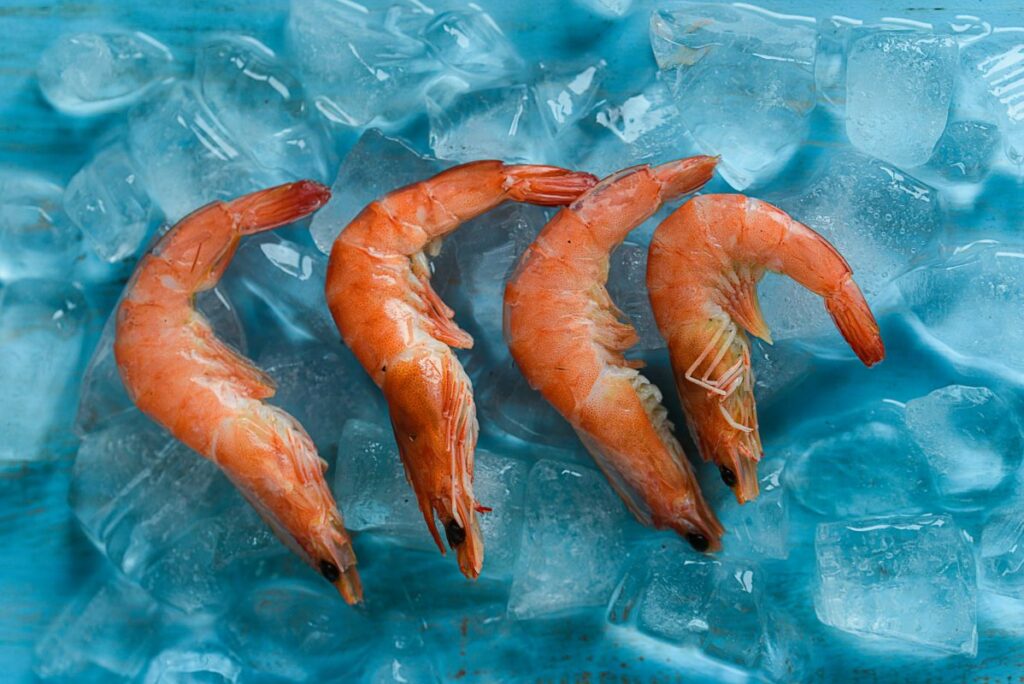
Tricol’s chitosan is derived from shrimp shells. Yes! We learned all about this metamorphosis in Article 1 in this series – Chitosan Unleashed! As you can imagine, there are many complex propriety steps that happen between the extraction of chitosan from shrimp, and the point of using a finished product to control bleeding wounds in a caregiver’s hands. Our various products are stopping bleeding all around the world! You can find them in hospitals, outpatient settings, long-term care facilities, schools, places of work, and homes. They are trusted by first- responders in our communities and on the battlefields we serve. Many users want to understand the technology behind our life-saving products. This stuff works, but how?
If we get into the science just a little, chitosan is positively charged. When it comes in contact with blood, it attracts negatively charged red blood cells and platelets that are drawn to the positive charge, creating a very tight seal. Think of a magnet. This ionic interaction produces an extremely strong, mucoadhesive (sticky) seal. This supportive seal at the wound surface works quickly to stop bleeding. Chitosan technology has been proven to work even on individuals suffering from abnormal blood clotting mechanisms, or those on blood thinners. Our chitosan technology works independently of the body’s clotting system (clotting cascade). Check back later for an article on bleeding and the clotting cascade!
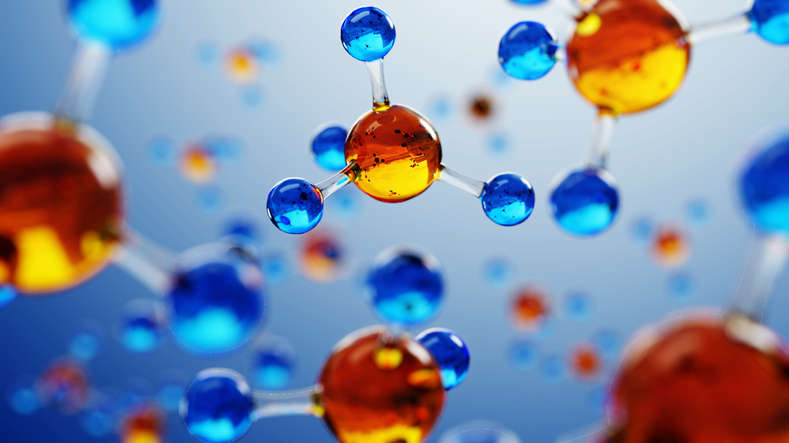
There are many ways in which the human body bleeds. It could be the result of a traumatic injury, or, as a by-product of a medical procedure or intervention. Whichever way, chitosan needs to be delivered to the source of bleeding via an appropriate support matrix. In other words, for different types of bleeding, Tricol chitosan products are delivered in different forms. Although the forms are different, they have in common the need to be strong, interconnected, and porous which allows them to adhere to blood-wetted surfaces and to resist high pressures from the vascular system.
Tricol products are broadly categorized into two general “family” types that we refer to as the “bandage family” and the “gauze family”. Although they are both derived from the same shrimp shells off the pristine coast of Iceland, they treat different types of wounds.
Our bandage family is essentially freeze-dried chitosan. It is very soft in its finished form. This is not the type of bandage you would find on the shelf of your local pharmacy or grocery store. It is the kind of bandage you would find in the kits of the U.S. Army’s Special Forces Green Beret unit or in the hands of the paramedic that arrives on the scene. In fact, your cardiologist, trauma surgeon, or local dentist may be using this same battlefield-tested product on you. It is extremely safe and effective in controlling severe bleeding in minutes. It’s great for cuts and lacerations. This product family used to be available only to professionals but is now available to the civilian population as well.
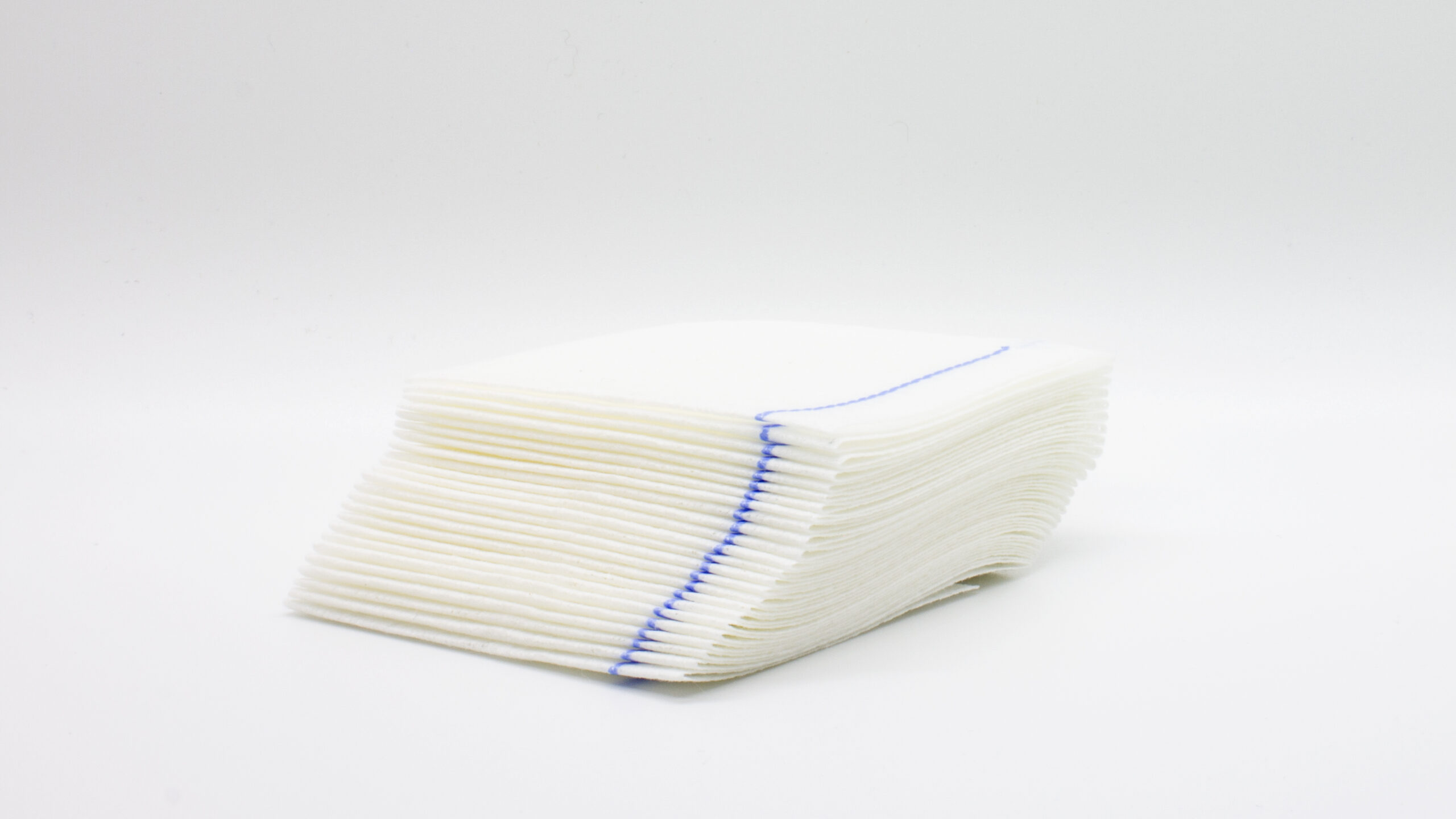
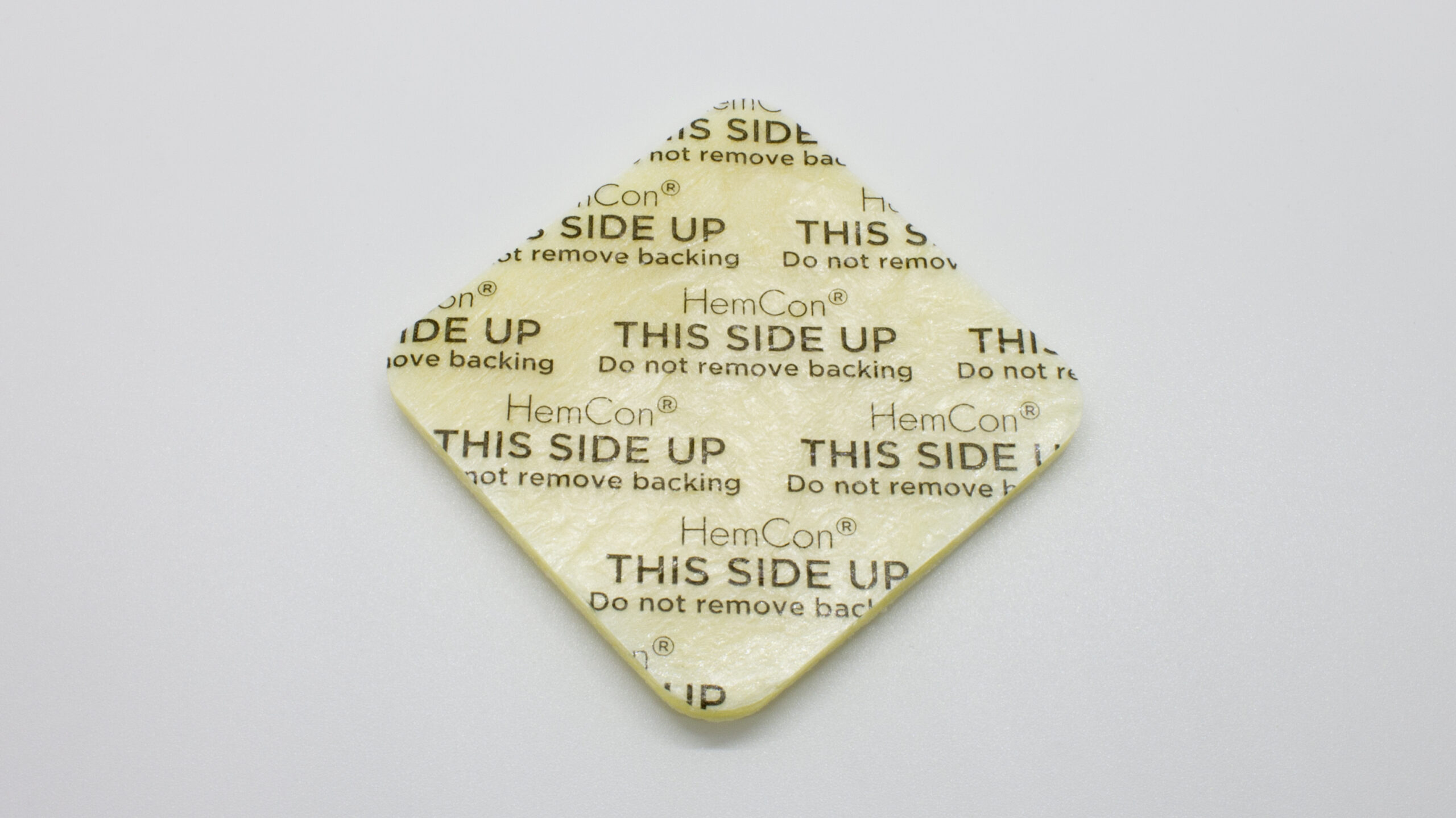
Our gauze family of products are flexible, chitosan-coated gauze dressings that come in a variety of different dimensions and lengths. Whereas our bandage family of products is used to quickly control surface level cuts and/or lacerations, our gauze family of products is typically used for deep penetrating wounds, or when the source of the bleeding is below the surface and not visible. These dressing are then “stuffed” into the wound to come in contact with the source of bleeding. These gauze dressings are now also available to the civilian population just like our bandage family.
Tricol’s specific products in both the bandage and gauze families are now being produced and provided for consumer and home use as well.
Check back here soon for the next article in our Chitosan Unleashed series where we will explore the anti-microbial properties of chitosan-based bleeding products.
